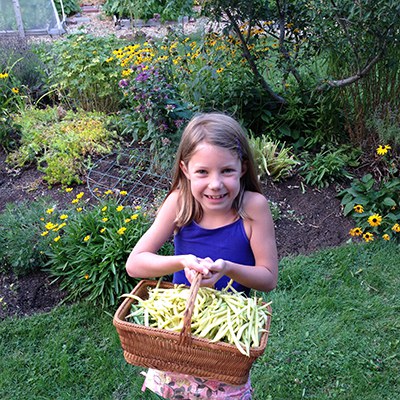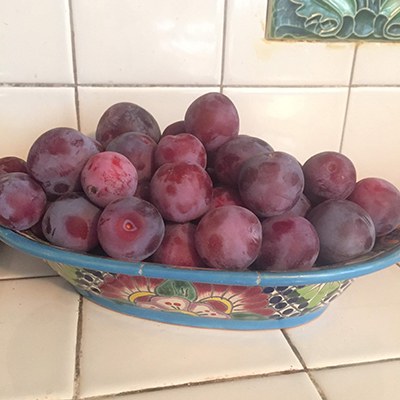Have you ever wondered what local actions you can take to make an impact on climate change? This is something I think about often. One great option you can do today is planting your own climate victory garden!
The climate victory garden concept is based on the victory garden movements of World War I and World War II. As people throughout the United States began to plant gardens in their yards, more than 20 million gardeners produced around 40% of the fresh fruits and veggies that were consumed during those times. Wow!
Taking the victory garden movement as an example, climate victory gardens are being created to restore soil health, slow greenhouse gas emissions, and store carbon in plants and soil, all in our own yards and homes! Whether you have a large yard, pots on your balcony, or space inside next to a window, you can be part of this climate change action.
Listed below are some tips for creating your own climate victory garden. See if you can use a few of these tips this year, then add additional tips as your garden (and gardening skills) become stronger each year.
Cover your soil. Central Oregon’s sun is strong, so you’ll want to cover up your soil! This can look like mulch in the spring and summer, letting leaves stay on the ground in the fall, and growing cover crops in the winter. You can help keep your climate victory garden’s water needs low and soil health high by covering the soil. This helps lower your water usage (a big climate change issue in our area) and increases plant yields (through increased topsoil and soil microbe health).
Water wisely. Your climate victory garden will need water and often lots of it, especially in the middle of summer. Depending on where you are in your gardening journey, you can choose drip irrigation, which reduces the amount of water that evaporates and maintains plant health. Often, wet leaves can cause leaf diseases, so watering at the base of your plants is helpful. In addition, be sure to water your garden when the day is at its coolest, in the early morning.
Start composting. Make your own compost or send your food scraps to be composted for you. If you live in Bend, Redmond, or Sisters, you can add food scraps to your yard debris bin and it will be composted at the Knott Landfill. If you’d like to try to compost at your home, there are many options, whether you have space outdoors or need to compost inside. I've kept a worm composting tub under my kitchen sink before! Compost helps repurpose food waste and keeps food out of landfills, where it adds to the amount of methane being produced. In addition, adding compost to your climate victory garden increases the quality and health of your soil.
Leave out the chemicals. Instead of relying on chemicals to help your garden along, rely on nature! Fertilize with compost, whether from your home compost or purchased. Grow companion crops—foods that grow well together and help one another out. An example of this is tomatoes tend to grow well next to cucumbers as well as alongside basil which helps repel common tomato pests. You can also use integrated pest management. Without chemicals in your garden, you help decrease pollution, as well as keep things safe and healthy for you, your family, our community, and our area’s pollinators.
Rotate your plants. Keeping the same plants in the same location every year can lead to issues with pests and reduce your soil’s health. If you had tomatoes in one spot of your garden last year, make sure to plant them in a different area this year. In addition, look to nitrogen fixing veggies to help increase your soil’s health. Since many plants naturally take nitrogen out of the soil, it’s important for us to try to put it back in. Veggies like green beans and peas, as well as cover crops like clover are nitrogen fixers.
Use the power of people. This is important in your climate victory garden and outside of it, too. Planning to mow your lawn? Look towards a manual mower. Want to remove some leaves from your lawn? Rake those leaves instead of using a blower. Of course, be sure to hand pull weeds instead of using chemicals to get rid of them. All of these people-powered options help reduce greenhouse gas emissions at your home.
According to Green America’s climate victory garden map, there are climate victory gardens in Bend, Terrebonne, and Powell Butte. Let’s join them today!
Sources: The climate victory garden concept was started by Green America. Their information was used extensively for this blog post.
Learn more:
- Video on tips for your climate victory garden
- Pollinator Plants to Grow
- Making Your Own Newspaper Pots for Planting


